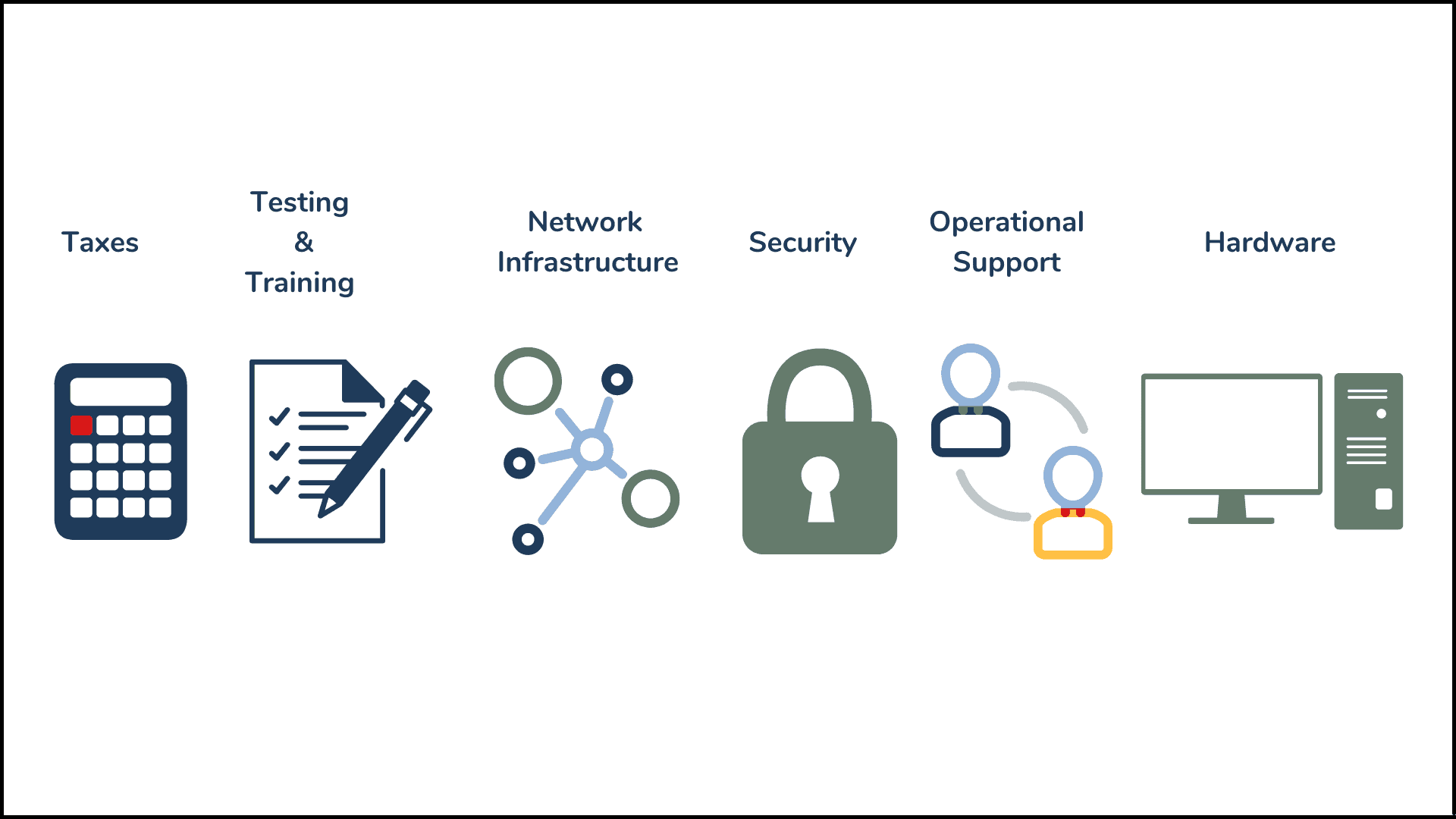According to Gartner, 44% of millennials prefer a completely sales-rep free environment when buying technology. Even before the pandemic, B2B buyers were already conducting over 80% of their research prior to engaging with a sales rep. As millennials begin to make up more of the workforce, these trends will only grow.
Think about it – there’s a good chance that you (yes, you, reading this blog) have purchased enterprise tech without engaging in a sales rep. It makes sense: sales people can be pushy, and it’s hard to know when they’re being honest or saying whatever they can to get a sale. We’re also all used to browsing for new products on the internet. When you buy something for your home, you check reviews, compare prices, read some testimonials on reddit, get distracted on reddit, check fantasy scores, and then buy. Why should a business purchase be any different?
Information Overload
Self-serve education may seem like a smart way to buy technology without getting swayed by salespeople. But the overload of information on the internet can be a hindrance more than a help. According to Maria Boulden, Gartner’s CSO Whisperer, the average business leader checks eight different sources before making a purchase decision. And enterprise purchases aren’t made in a vacuum by one person. Today’s complex technology purchases often involve at least six different key stakeholders. That means an average buying committee is considering around 48 different sources in a Buying Committee meeting. It’s difficult to build consensus when everyone has to their own conclusion in a research silo.
To add to the mess, Forrester estimates there will be 1 million SaaS companies by 2030, up from the current ~150K. Each of these companies is competing for your attention, with marketing slicks, sponsored content, and direct marketing noise. When everyone on the buying committee is trying to do their own research, they’re all getting bombarded by marketing noise.
This deluge of marketing information is what Boulden calls the “sales killbox”: In an attempt to get a sale, vendors overwhelm and suffocate potential buyers before they even leave the gate.
Use an Advisor to Cut Through the Noise
Imagine if you were going out to eat with colleagues, and you all needed to agree on what to order. Then each of you were given different menus, some with conflicting information. How would you build a consensus? You wouldn’t. Even when you and your buying committee navigate the menus, you can still find yourself waffling between a few different entrees. But when you ask the server for their advice, they can help guide you to the perfect option.
Working with a Technology Advisor is like asking a server for advice at a restaurant. Just like the server, the advisor knows all the options available and can point out options you might not even be aware of.
What is a Technology Advisor?
Technology advisors are firms that continually research and evaluate every cloud vendor available. These advisors do the research for you. By keeping track of all the options, they’re able to help your team get on the same page and overcome the information overload that comes with self-service buying practices. Technology advisors help get you out of the “sales killbox” and on the path to your technology purchase.
A good technology advisor:
- Is vendor/product agnostic
- Works with buyers and sellers to bridge any gaps
- Can help you at any point, from the beginning of your buying journey to the product implementation
- Advocates for your needs when negotiating with vendors
- Cuts through marketing noise to validate technical solutions
- Builds relationships and trust instead of pumping out deals
How do I use a third party Technology Advisor to buy technology?
A third party like CXponent works for both the client and the seller. On the client side, we align resources, gather consensus on business goals, and help create a business case. On the vendor side, we make sure the sales reps understand exactly what the client needs. It’s not about selling a product, but about making sure a client is confident in their decision to buy, implement, and manage an entirely new technical solution.
We don’t sell technology – we build trust.
Good Advisors build trust in 5 ways:
- Cut Through the Marketing Noise
It’s our job to understand and differentiate the millions of SaaS companies competing for your attention. Stop looking at marketing and start looking at unbiased, objective research.
- Align Business Drivers
Each stakeholder on a purchase comes to the table with their own idea of a technology’s function, purpose, and success metrics. Technology Advisors get everyone on the same page by gathering business objectives and translating them into technical solutions.
- Calculate Economic Impact
Understanding the economic impact of a purchase can be tough. Comparing your current state to a potential future state is maddening. Technology Advisors understand how vendors structure their billing and are able to build cost models to help you track every dollar.
- Oversee Change Management
Choosing a new technology is just the beginning. The implementation of new technology is crucial for realizing the benefits of any new purchase. A good Technology Advisor creates a plan that incorporates product configuration, application integration, training, testing, decommissioning old products, and launching new ones. This implementation plan is crucial for realizing value on your purchase.
- Create a New Operating Model
Buying a new product will change how your company works. A Technology Advisor works with your company’s business leaders to map out the future state of the company, ensuring you’re all working toward a common truth.
Technology Advisors Give you Confidence in your Decisions
No matter where you’re at in your buying journey, CXponent can help. Reach out today for a free consultation.


.png)


